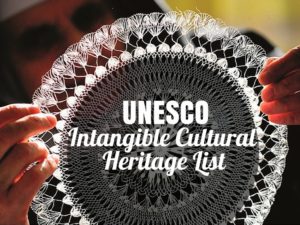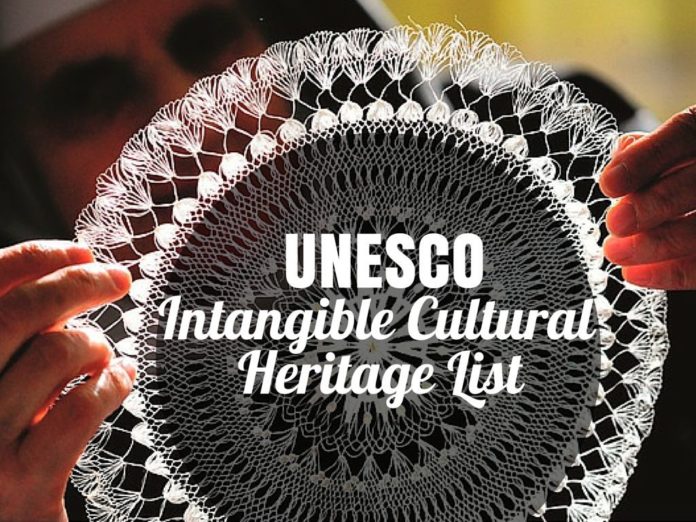The United Nations Educational, Scientific and Cultural Organization (UNESCO) added Cuba’s rumba dance and Belgian beer to its coveted list of “intangible” cultural heritage at the meeting held in the Ethiopian capital Addis Ababa on November 30, 2016.
- The Cuban delegation dedicated the rumba’s selection for the list to its long time leader Fidel Castro, who passed away recently at the age of 90.
- The UN body also included Portuguese pottery and Ugandan traditional music into the Intangible Cultural Heritage in Need of Urgent Safeguarding.
- The UNESCO stated that the rumba brings a sense “grace, sensuality and joy” in mind and since the rumba existed from poor communities in Cuba, the dance is an enduring “expression of resistance and self-esteem”.
- UNESCO noted that Belgium produces some 1,500 types of beer and “making and appreciating beer is part of the living heritage throughout Belgium.
- The body stated that as Ugandan traditional music is dying out partly, it requires materials from endangered species, as intangible heritage “in urgent need of safeguarding”.
For the Portuguese pottery, the UNESCO stated that the pottery is suffering from “waning interest from younger generations and popular demand for industrial alternatives”.
About UNESCO Intangible Cultural Heritage
The United Nations Educational, Scientific and Cultural Organization (UNESCO) is a specialized agency of the United Nations (UN) formed on November 16, 1945 headquartered at Paris. Its purpose is to contribute to peace and security by promoting international collaboration through educational, scientific, and cultural reforms in order to increase universal respect for justice, the rule of law, and human rights along with  fundamental freedom proclaimed in the United Nations Charter
fundamental freedom proclaimed in the United Nations Charter
- UNESCO established the lists of Intangible Cultural Heritage in 2008 when the 2003 Convention for the Safeguarding of the Intangible Cultural Heritage took effect.
- The aim was to ensure the better protection of important intangible cultural heritages worldwide and the spread awareness of their significance.
- Currently the list comprises of 814 cultural sites, 203 natural ones and 35 with both natural and cultural qualities.
The list is divided into two categories.
- Representative List of the Intangible Cultural Heritage of Humanity:
It includes cultural “practices and expressions that help to demonstrate the diversity of this heritage and raise awareness about its importance.”
- List of Intangible Cultural Heritage in Need of Urgent Safeguarding:
It comprises cultural elements to which the concerned communities and countries consider that it require urgent measures to keep them alive.
Yoga inscribed in UNESCO’s representative list of Intangible Cultural Heritage of Humanity
Yoga, one of the ancient practices of India, has now been included as an element in the UNESCO’s List of Intangible Cultural Heritage of Humanity during the 11th session of the Intergovernmental Committee for the Safeguarding of the Intangible Cultural Heritage held in Addis Ababa, Ethiopia.
- India’s proposal for inscribing Yoga as an Intangible Cultural Heritage of Humanity was unanimously supported by all the 24 members of the Intergovernmental Committee in the meeting.
- The delegation from India that attended the Intergovernmental Committee Meeting was lead by the permanent representative of India to UNESCO, Ms. Ruchira Kamboj and a Government of India representative, Shri M. L. Srivastava, Joint Secretary, Ministry of Culture.
- Prime Minister, Shri Narendra Modi has played a key role in having the United Nation declare June 21st as the International Yoga Day in 2014.
- Yoga has become the 13th intangible cultural heritage that has been listed from India so far with UNESCO.
Other Indian Practices Inscribed Include:
- Chhau dance inscribed in 2010
- Buddhist chanting of Ladakh inscribed in 2012,
- Sankirtana –the ritual singing, drumming, and dancing of Manipur inscribed in 2013,
- The traditional brass and copper craft of utensil making among the Thatheras of Jandiala Guru, Punjab inscribed in 2014,
- Ramlila- the traditional performance of the Ramayana inscribed in 2008.





